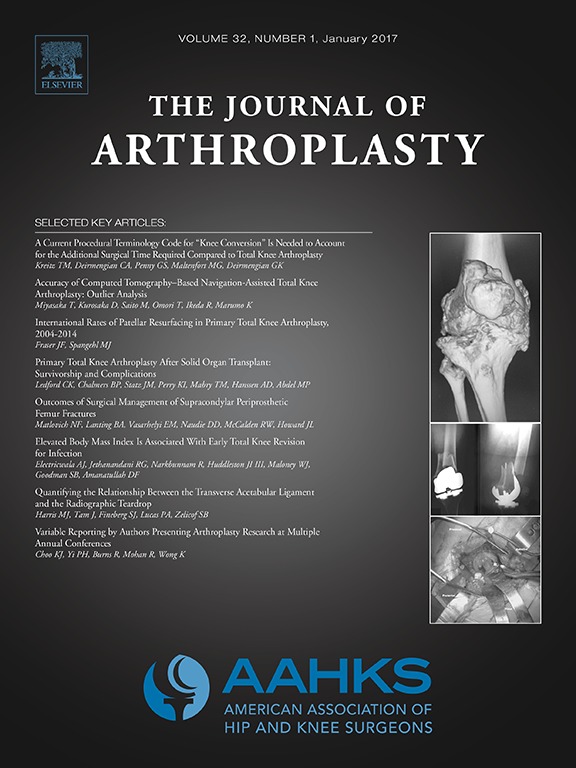
ARTHROPLASTY
Electromagnetic navigation comparable to conventional instrumentation in TKA
J Arthroplasty. 2015 Feb;30(2):199-205.200 patients undergoing primary total knee arthroplasty were randomized to either electromagnetic computer-assisted navigation or conventional instrumentation. The purpose of the study was to determine whether accuracy of component positioning, mechanical alignment, and combined component rotation significantly differed between the two groups. Furthermore, range of motion, American Knee Society, Oxford Knee Score, SF-36, VAS, and complication rates were also evaluated. There was no significant difference between groups in any of the outcomes.
Unlock the full ACE Report
You have access to {0} free articles per month.Click below to unlock and view this {1}
Unlock NowCritical appraisals of the latest, high-impact randomized controlled trials and systematic reviews in orthopaedics
Access to OrthoEvidence podcast content, including collaborations with the Journal of Bone and Joint Surgery, interviews with internationally recognized surgeons, and roundtable discussions on orthopaedic news and topics
Subscription to The Pulse, a twice-weekly evidence-based newsletter designed to help you make better clinical decisions
Exclusive access to original content articles, including in-house systematic reviews, and articles on health research methods and hot orthopaedic topics
Or upgrade today and gain access to all OrthoEvidence content for just $1.99 per week.
Already have an account? Log in


Subscribe to "The Pulse"
Evidence-Based Orthopaedics direct to your inbox.
{0} of {1} free articles
Become an OrthoEvidence Premium Member. Expand your perspective with high-quality evidence.
Upgrade Now












































































